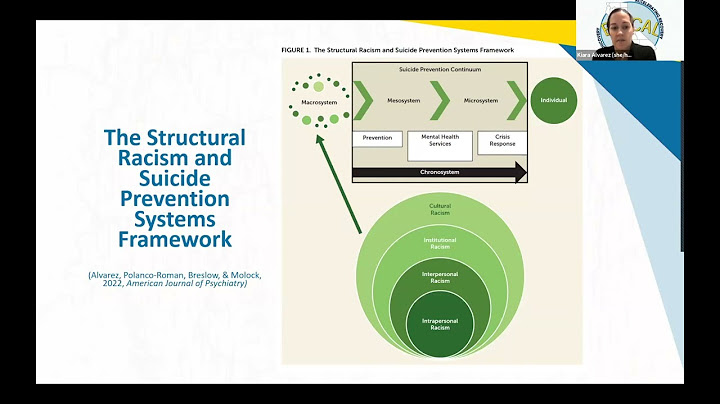Assessing patients effectivelyHere's how to do the basic four techniques Show
WHEN YOU PERFORM a physical assessment, you'll use four techniques: inspection, palpation, percussion, and auscultation. Use them in sequence—unless you're performing an abdominal assessment. Palpation and percussion can alter bowel sounds, so you'd inspect, auscultate, percuss, then palpate an abdomen. Inspect each body system using vision, smell, and hearing to assess normal conditions and deviations. Assess for color, size, location, movement, texture, symmetry, odors, and sounds as you assess each body system. Palpation requires you to touch the patient with different parts of your hands, using varying degrees of pressure. Because your hands are your tools, keep your fingernails short and your hands warm. Wear
gloves when palpating mucous membranes or areas in contact with body fluids. Palpate tender areas last. Percussion involves tapping your fingers or hands quickly and sharply against parts of the patient's body to help you locate organ borders, identify organ shape and position, and determine if an organ is solid or filled with fluid or gas. This technique reveals tenderness; it's commonly used to assess an adult's sinuses. 
Indirect percussionThis technique elicits sounds that give clues to the makeup of the underlying tissue. Here's how to do it: 
4. AuscultationAuscultation involves listening for various lung, heart, and bowel sounds with a stethoscope. Getting ready
How to auscultate
Source: Health Assessment made Incredibly Visual!, Lippincott Williams & Wilkins, 2007. DiagnosisTests to diagnose hearing loss may include:
TreatmentIf you have hearing problems, help is available. Treatment depends on the cause and severity of your hearing loss. Options include:
Mayo Clinic Minute: Hearing aids not 'one-size-fits-all'Cynthia Hogan, Ph.D., Audiology, Mayo Clinic Dr. Hogan: "Hearing aids, because they're digital, can be adjusted over a wide range of hearing loss." That's one reason why audiologist Dr. Cynthia Hogan says with these devices, one-size-fits-all does not apply. Dr. Hogan: "So there isn't one best hearing aid for older people versus younger people. We try to choose a hearing aid that's going to fit the person's needs." Important decisions include whether the device will have rechargeable batteries or ones that need to be replaced, and whether the hearing aid will sit behind or in the ear. Dr. Hogan: "This is a full-shell, in-the-ear hearing aid. And, so, it fits all into the ear." One of the benefits of this device is wearers can answer and listen to a phone call as they have their whole life. Some hearing aids can even connect to a person's cellphone. Dr. Hogan: "They can watch videos or things like that directly from their phone to their hearing aid." An audiologist like Dr. Hogan can help you sort through all the options and create a personal solution for your hearing problem. For the Mayo Clinic News Network, I'm Jeff Olsen. Note: This content was created prior to the coronavirus disease 2019 (COVID-19) pandemic and does not demonstrate proper pandemic protocols. Please follow all recommended Centers for Disease Control and Prevention guidelines for masking and social distancing. Clinical trialsExplore Mayo Clinic studies testing new treatments, interventions and tests as a means to prevent, detect, treat or manage this condition. Coping and supportThese tips can help you communicate more easily despite your hearing loss:
Preparing for your appointmentIf you suspect you may have hearing loss, call your doctor. After an initial evaluation, your doctor may refer you to a hearing specialist (audiologist). Here's some information to help you prepare for your appointment. What you can do
For hearing loss, some questions to ask include:
What to expect from your doctorYour doctor is likely to ask you a number of questions, including:
What types of behaviors are indicative of hearing loss?Symptoms. Muffling of speech and other sounds.. Difficulty understanding words, especially against background noise or in a crowd.. Trouble hearing consonants.. Frequently asking others to speak more slowly, clearly and loudly.. Needing to turn up the volume of the television or radio.. Withdrawal from conversations.. Which type of hearing loss would the nurse identify as occurring when conditions in the outer or middle ear impair the transmission of sound through air to the inner ear?Conductive Hearing Loss
This type of hearing loss occurs in the outer or middle ear where sound waves are not able to carry all the way through to the inner ear.
Which is the most common complaint of a client with ear disorder?One of the most common ear problems that cause patients to seek out an ENT is hearing loss.
What are the general manifestations of hearing impairment?Signs of hearing loss
difficulty hearing other people clearly and misunderstanding what they say, especially in noisy places. asking people to repeat themselves. listening to music or watching TV with the volume higher than other people need. difficulty hearing on the phone.
|

zusammenhängende Posts
Werbung
NEUESTEN NACHRICHTEN
Werbung
Populer
Werbung

Urheberrechte © © 2024 decemle Inc.


















